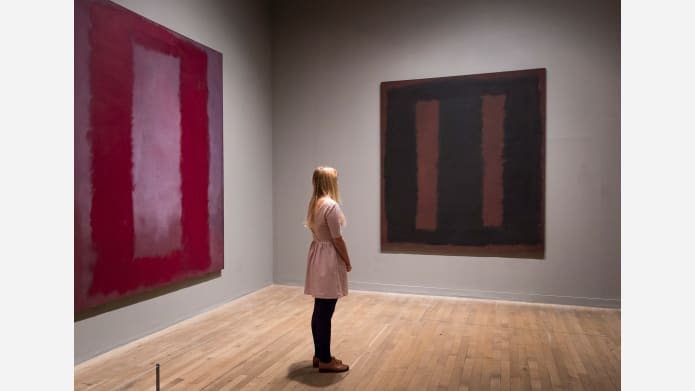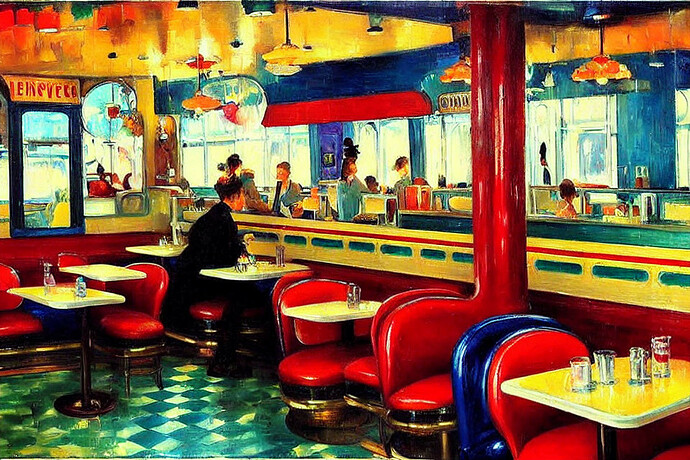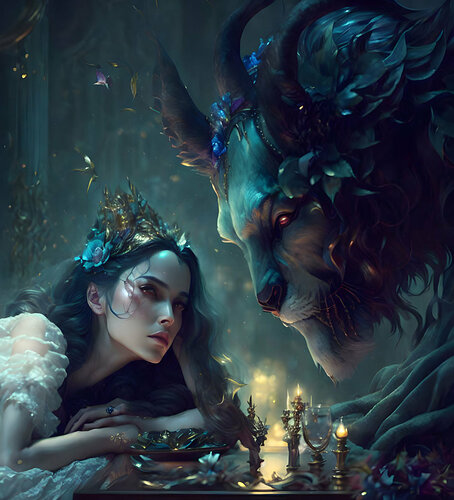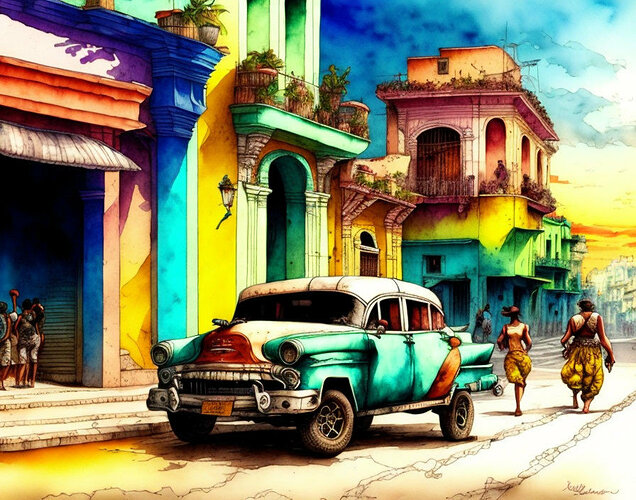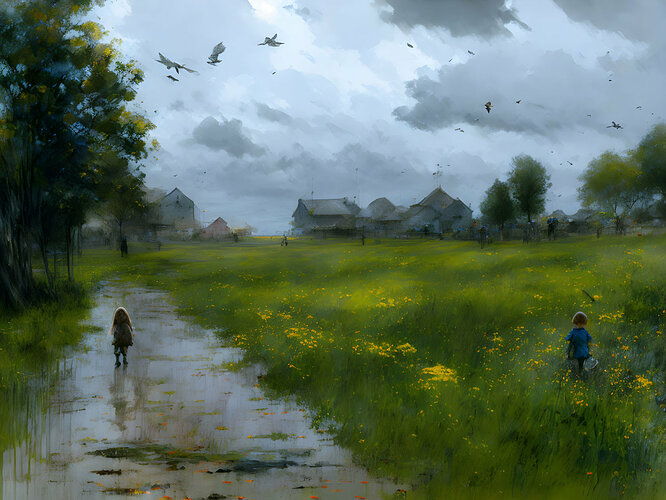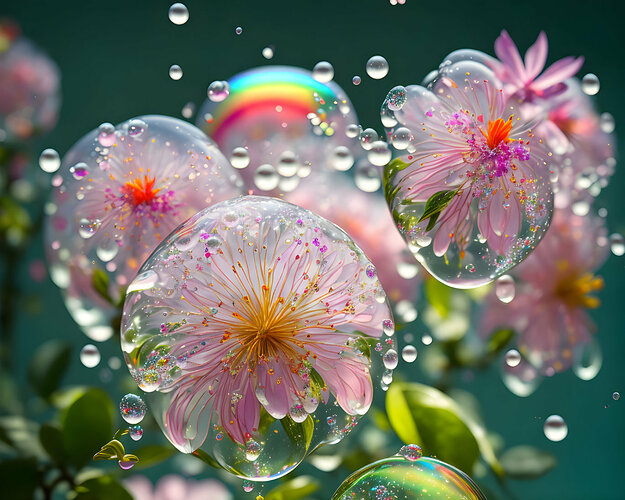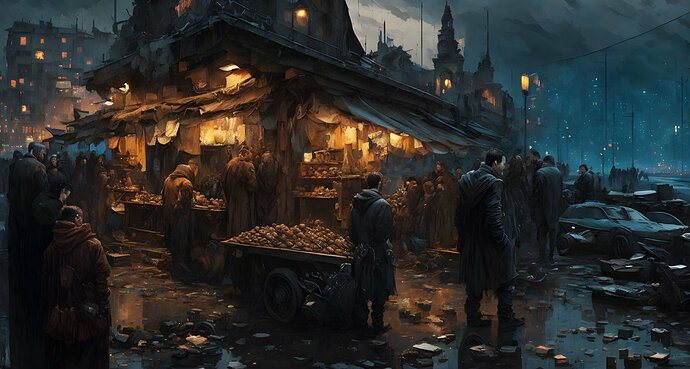One might ask, if the orientation isn’t obvious, does it even matter?
It mattered to the artist who made the creative decisions that went into the work, then it should matter.
Yes! I really believe so.
A viewer may be getting the wrong or a different message from that which the artist intended. Or, may even miss the message altogether.
The perspective isn’t really optional, even if some may feel it is subjective. Can happen to the best.
At the Tate in London, Mark Rothko’s 1958 painting also baffled curators.
In 1970, when acquired by the Tate, a pair of Rothko paintings were hung horizontally, reflecting the way that the artist had signed the canvases on the reverse. But nine years later, following a re-display, curators changed their minds, hanging both versions of “Black on Maroon” vertically. In 1987, they reverted to a horizontal hang, but then went back to vertical. Although the two Rothkos have just gone into storage, the Tate’s website still retains the vertical hang.
In the case of the Rothkos and also the Mondrian, I’d ask whether orientation would make a difference to the viewers interpretation of the work. To an extent, one might expect the artist provide some kind of guidance. Not to disrespect the artists involved, but if work is being exhibited then the viewers take on it is most important, and failing to give the gallery a guide with an abstract and fairly symmertrical piece is just inviting misunderstanding.
True. I rather think though that confusion happens accidentally, as with poor M. Mondrian dying before signing and indicating which end was up. So to speak.
Important but not most important. A viewer is free to feel/think/interpret an artwork however they wish but only the artist/creator actually knows.
Rothko wasn’t the most practically minded of artists. A good illustration of that is the backstory to those paintings that ended up in the Tate. Stories of Iconic Artworks: Mark Rothko’s Seagram Murals - Artland Magazine
I think with The Tate’s Rothko’s that have a very muted palette, upside down would make little difference to the viewing experience as one sinks into their nebulously defined space (impossible to understand in reproduction). Often they have a viewing bench and one can easily sit there for twenty minutes, just gazing into the painting.
OTOH, with his earlier more brightly coloured work hanging upside down would make it too different from what was intended.
if a vertical painting (‘portrait format’) is mishung in 'landscape format, you’ve got something very different if the bars can evoke a horizon, something Rothko was very conscious of avoiding.
Saw some Rothkos last summer, hung with Monets at Giverny, imaginative curation and a really interesting pairing.
Now back to painting the wall!
Here’s fun
Personally, I would have chosen the plate.
My wife copied GWAPE using pencil while at school. The picture hangs framed on our wall, along her version of Murillo’s A Peasant Boy Leaning On A Sill.
Just had a look at that Smithsonian link… mixed feelings.
Me too.
On one hand, I don’t think the AI ‘girl with…’ has any meaning at all. No more than the attractive wallpaper art that comes ready framed from IKEA. I am not sure it warrants pride of place in an exhibition at a prestigious museum. Maybe, if all the submissions were displayed together as a sort of homage but I still wouldn’t call it art.
The interesting issue that comes to the fore in discussion about AI creations is where lies the line between inspiration and copyright. And, I suppose for living original artists, should there be royalties. I’m not sure who and how this can be managed.
Not that any of this was ever a concern for the wall art producing factories in Asia….
Not art, because AI lacks intention. More like a rock formation in the wild which, however pretty, lacks intention.
Sorry, to disagree with your first post, but the intentionality lay with the artist who initiated the work, not the process by which the image was generated. In that respect the result is no different to many earlier artworks created by processes based on chance.
For those interested in the legal discussion of whether AI created art is protectable under copyright, a report on a recent decision of the US Copyright Office.
To sum up, the copy right office went back on its initial decision to grant copyright for the whole work once it was brought to its attention that the images had been produced by the Midjourney AI. Only the choice and composition of the textual elements in the work were deemed appropriate for copyright protection.
“The fact that Midjourney’s specific output cannot be predicted by users makes Midjourney different for copyright purposes than other tools used by artists,”
Interesting, so they would distinguish between:
i) Uunauthorised reproduction of a single image, which would probably have been copied from the novel, rather than regenerated because (within my limited experience) random image generators produce a different result each time.
and
ii) unauthorised reproduction of an entire page that contained several images in a narrative sequence that the artist had created.
No need to be sorry. I myself am quite happy to disagree with yours.
The person who initiates an aleatoric work is not an artist, but an engineer of some sort. It produces something that may mimic an intentional work, but which isn’t, in the same way that that monkey typing eternally at a typewriter is not creating anything even if “Hamlet” occasionally pops out. The white-coated fellow who gives the typewriter to the monkey is not an artist.
He’s just got too many monkeys and too much time on his hands😉
I think your distinction isn’t very useful, or perhaps far too late to be very useful. There are so many important art historical examples of artists using chance to generate what the ‘artworld’ (Danto) readily accepted in the category of art. Such works were produced by people who, rightly in my opinion called themselves ‘artists’ and their output functioned in the professional art world of galleries and critics in a similar manner to more traditional works.
Had an email from DEEP DREAM GENERATOR (who are they?) which said I could let my creativity soar, using text to generate an image, but had to pay. Looked at what already had been created and decided this was a game that I could play, probably might get bored, but could be fun, for a while…
Hover over the images to see the text used to generate the image.
Well, creativity can be painful, even without AI ![]()
True! Spelling error or I’m getting lazy, or the brain is tired. The brain is tired!
No gain without pain!
